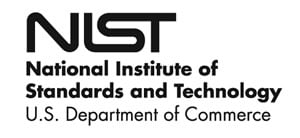Dengue is a year-round risk in many parts of the world, with outbreaks commonly occurring every 2-5 years. Travelers to risk areas should prevent mosquito bites. Country List : Colombia, Guatemala, Panama, French Polynesia, including the island groups of Society Islands (Tahiti, Moorea, and Bora-Bora), Marquesas Islands (Hiva Oa and Ua Huka), and Austral Islands (Tubuai and Rurutu), Philippines, Fiji, Comoros, Tonga, Samoa, Cook Islands (New Zealand), Kiribati (formerly Gilbert Islands), includes Tarawa, Tabuaeran (Fanning Island), and Banaba (Ocean Island), Bangladesh, Mali, Tuvalu, Cuba, El Salvador, Mexico, Nauru
Click this link to continue reading the article on the source website.

